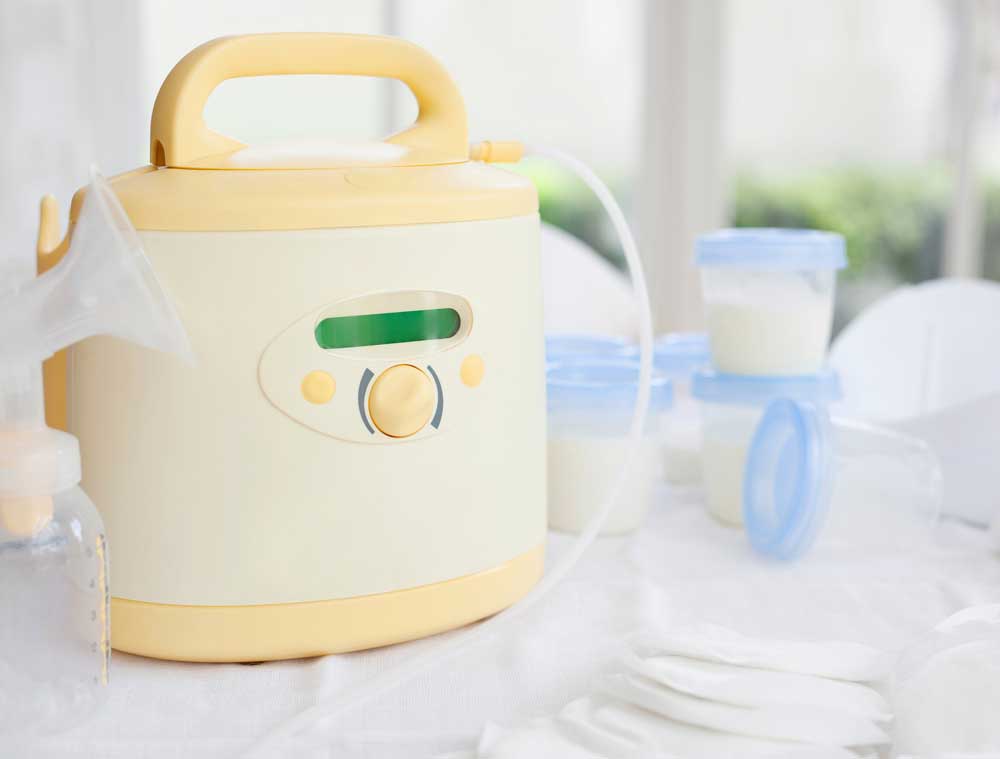Breastfeeding | Colostrum First | Breast Pumps
Most newborns are hungry as soon as they’re born, so the delivery room is the perfect place to breastfeed for the first time. Baby will be laid skin-to-skin on mom’s chest or abdomen immediately after delivery, keeping baby warm and in proximity for feeding. (Any newborn tests can be done at this time or a little while later.) Mom may request to keep baby in the hospital room at all times to enable breastfeeding whenever baby is hungry.
During the rest of mom’s hospital stay, she can ask staff for advice and help with breastfeeding. A lactation consultant can provide additional assistance with feeding positions, latch-on, or anything else related to breastfeeding.
Breastfeeding… a Special Joy
Women all over the world have nursed their babies right after birth. Nursing causes a mother’s uterus to contract. This is the natural way to prevent problems with bleeding.
Breastfeeding right away in the hospital also means the nurse can help you start. When babies are born, they are awake and ready to nurse. They want the comfort of the breast. They latch on well to the nipple at this time. Babies maintain their temperature better when skin-to-skin than in warm cribs.
When mom goes home, she needs to keep the baby close by. That way you will be able to see when the baby is waking up as you notice movement. You can also help by rubbing the baby’s mouth or making little sounds. Don’t wait for the baby to cry. When the baby stirs, pick the baby up and offer the breast.
Babies need to nurse about 10-12 times every 24 hours. Babies who sleep a lot typically do not nurse enough and may run into problems such as jaundice or poor weight gain. Sometimes things happen and mothers and babies are separated. Babies may need two hours of skin-to-skin contact when back together with mom.
Feeding positions — mom and baby may find one position easier.
Try these positions, with plenty of pillows for back and arm support:
- Cradle: Mom bends her arm (corresponding to the feeding breast) at the elbow so that her forearm is across the lap, with her palm toward her. She nestles the baby’s head in the crook of her elbow with the baby’s body resting against her forearm and palm.
- Cross-cradle: Mom places the baby on a pillow on her lap so that the baby’s legs are opposite the feeding. Mom uses her hand opposite the feeding breast to support the baby’s head and neck, resting her arm on the pillow.
- Side-lying: Mom lies on her side with baby facing her and uses her arm or a pillow to support baby’s back and keep baby from rolling away from her. Great for middle-of-the-night feedings.
- Football or clutch: Mom holds the baby so that baby’s body is along her side and baby’s legs and feet are tucked under her upper arm. Mom uses her hand to support the baby’s head and her lower arm to support the baby’s back.

Colostrum First – It’s what’s behind Breastfeeding’s Big Benefits.
Colostrum is the “first milk” that a breastfeeding mom produces in the weeks before delivery and in the early days of breastfeeding. This special milk is low in fat and high in carbohydrates, protein, and antibodies; it is also extremely easy to digest. Although the amount of colostrum is low, it is high in concentrated nutrition.
- Colostrum is often called “white blood” because it provides large amounts of living cells (lymphocytes and macrophages, like those in the blood), which will defend babies against infections and illnesses.
- Colostrum has an especially important role in protecting your baby’s gastrointestinal tract. A newborn’s intestines are very permeable (leaky). Colostrum seals the microscopic holes by “painting” the gastrointestinal tract with a barrier, which prevents most foreign proteins (from food mom has eaten or from infant formula) from penetrating the gut and possibly sensitizing baby to an allergy.
- Colostrum is considered the baby’s first immunization because it contains large quantities of an antibody called secretory immunoglobin A (SIgA).
- As breastmilk changes from colostrum to mature milk, the concentration of immune factors and antibodies decreases, but the volume of breastmilk greatly increases. Therefore, the amount of infection fighters the baby receives remains constant throughout breastfeeding.
- Babies benefit from nursing 10-12 times every 24 hours. A tiny amount of colostrum is all that’s needed.
If you worry that you have no milk the first few days after delivery, remember that a little bit of colostrum goes a long way. Put your baby to the breast often to sip on colostrum. This helps bring in your “second milk,” the mature milk, sooner.
To help the baby get the full benefit, make sure the first several feedings are colostrum. If supplementation becomes necessary for a medical concern, try expressing some colostrum by hand or breast pump and feed your pumped milk to your baby by spoon or syringe. Ask your lactation consultant for assistance. Make sure the baby’s gut is first protected by colostrum before other fluids are given.
Colostrum – Why it’s the perfect first food for babies!
- Colostrum is the name for early breast milk — it looks thick and yellow.
- Colostrum is the best food for any new baby. It is higher in protein, vitamins, and minerals than mature milk which comes in a little later.
- Colostrum is the perfect nutrition for a new baby. Some animals die if they don’t get their mothers’ colostrum. Human babies do not die without it, but it helps fight germs.
- Colostrum helps new babies keep their blood sugar steady. Babies who nurse off and on get little nibbles of colostrum. Although the amount is very small, it’s all babies need. They do not need bottles.
- Colostrum is also the perfect natural laxative. New babies need to move their bowels. They need to clear out the thick meconium stools that built up while they were inside their mothers. Babies who nurse more have more stools. Babies who have more bowel movements have fewer problems such as jaundice.
Breastfeeding — Dos & Don’ts
Making breastfeeding easier:
- Newborns who are NOT given bottles nurse better.
- Newborns do well on just mom’s colostrum.
- Rooming in (keeping baby in the same room as the mom in the hospital and at home) is best.
- Nursing soon after birth and then frequently makes breastfeeding easier.
Making breastfeeding (especially early) more difficult:
- Taking the new baby away from mom.
- Confusing baby by going back and forth between breast and bottle feeding.
Breastmilk is priceless — only a mom can give baby breastmilk and these tips make it easy:
- Let everyone know your plan to breastfeed — family, friends, your doctor, and hospital staff.
- Right after birth, hold the baby skin-to-skin on your chest.
- Baby will be warm and close to your heart.
- Put baby to breast within the first hour after delivery.
- Breastmilk is more than food; it is comfort for babies.
- Your baby needs only breastmilk during the first six months.
- Breastfeeding is a special time, creating a special bond between mom and baby.
- Many breastfeeding concerns can be easily fixed — consult your doctor, lactation consultant, or call WIC with any questions or concerns.
First Month — Common breastfeeding questions.
Can I make enough milk?
Yes, you can! The more mom breastfeeds the more milk she makes. Breastfeeding typically makes for a good milk supply.
How do I feed my baby when I need to go out?
Take the baby with you for the first few weeks. Plan ahead and breastfeed the baby before leaving and again upon return.
Does my baby need formula?
Breastmilk has everything a baby needs to grow strong and healthy. For the first few weeks, formula, bottles, or pacifiers are not necessary.
I am tired — is that normal?
A new baby means a new routine and extra duties. Ask for help so you can spend time feeding and getting to know the baby.
In the first few weeks…
Hold your baby often, love your baby, and breastfeed!
Keep these numbers handy as mom and baby learn to breastfeed:
- Hancock County WIC: 217-357-2171
- Lila Brooks Fritz, Certified Nurse Midwife/Certified Lactation Consultant: 217-357-2173
- Ashlyn Housewright, Registered Dietitian, Certified Lactation Specialist: 217-357-6540
Breastfeeding — The Basics.
How does breastfeeding work?
- Once the baby’s lower lip is stimulated, the mouth will open wide, and the tongue come forward.
- Baby’s tongue draws mom’s nipple, areola, and breast tissue well back into baby’s mouth, forming a longer nipple.
- Baby’s tongue cups and sweeps mom’s nipple from front to back in a wave-like manner, pressing it up against the roof of the mouth. Baby gently uses the gums as well as jaw and cheek muscles to squeeze as much of mom’s areola as possible.
- The rhythmic movements of the baby’s tongue and jaw cause milk to flow from the mom’s breast into the baby’s mouth and then causes swallowing. Mom will notice the baby’s rhythm: suck, swallow, breathe; suck, swallow, breathe.
- To have continuous milk production, let the baby feed frequently.
- Allow the baby to finish the first breast before offering the second breast.
- Make sure the baby is well-positioned and latching on correctly to help empty breasts.
- Mom needs to take care of herself by:
- Drinking plenty of fluids like water, milk, and juice.
- Eating a well-balanced diet.
- Getting plenty of rest-sleep when the baby sleeps.
Breast Pumps — Tips for Success.
Plan to have your breast pump on hand before the baby is born to avoid last-minute shopping trips when you’re already busy caring for a newborn. There are a variety of pumps to suit different needs.
Choosing a Pump
The three types of breast pumps are hospital-grade electric, personal-use electric, and manual.
- A hospital-grade electric pump is recommended if you are having difficulty nursing due to medical reasons. They are designed to help build and maintain your milk supply and are available on a rental basis from your hospital, lactation consultant, or medical equipment rental store.
- Personal-use electric pumps are often faster and more effective at removing breast milk than manual pumps. They are ideal for working moms who pump throughout the day to maintain their milk supply. A double-electric pump can cut pumping time to 15 minutes by emptying both breasts simultaneously. These are easy to carry to the office and come with all the necessary attachments.
- Manual pumps are small, lightweight, and easily portable. They are suited for the stay-at-home mom who will only miss the occasional feeding.
Used and Rental Pumps
Never buy or share a used personal-use pump. Breast milk can transmit bacteria from person to person (but usually not to your baby; don’t worry!) and personal pumps cannot be fully sterilized.
Hospital-grade and rental pumps are specifically designed with barriers and filters that prohibit milk from entering the motor, thereby preventing cross contamination.
Getting Started
- Read the instructions before using your pump. Wash your hands and make sure all bottles and pump parts are clean. Clean the parts according to the manufacturer’s instructions. Practice putting it together to become familiar with its parts.
- If your kit includes breast shields, use one that fits and select the maximum suction that also feels comfortable. Sit in a quiet area near your baby or their picture to encourage your let-down reflex.
- Pump until your milk has stopped flowing for 1-2 minutes. Empty your breasts as much as possible to keep them lactating at the greatest capacity.
- The amount of breast milk you pump will vary depending on your baby’s needs, so don’t worry about trying to pump a specific amount.
Storage
- Store your breast milk in glass or polypropylene plastic containers or in storage bags made especially for breast milk. Your milk can be refrigerated for 5 to 7 days. You can add freshly expressed, cooled milk to a container you’ve refrigerated that day, but avoid adding warm milk to cooled milk; it raises the refrigerated milk’s temperature and encourages bacterial growth.
- Freeze milk in sealed and dated containers in 2-to-5-ounce portions for easier thawing. Breast milk can be frozen for 6 to 12 months. To thaw, leave milk in the fridge overnight or hold it under warm running water. Never defrost milk in the microwave; this can damage its composition and forms hot spots that can burn your baby’s mouth. Thawed milk can be refrigerated for 24 hours, but never refrozen; each time you defrost it, it loses some of its bacterial immunity.
- Don’t worry if your pumped milk looks funny. Breast milk varies in color, consistency, and scent, and stored milk separates into layers. Simply blend by gently swirling the container when warmed.








